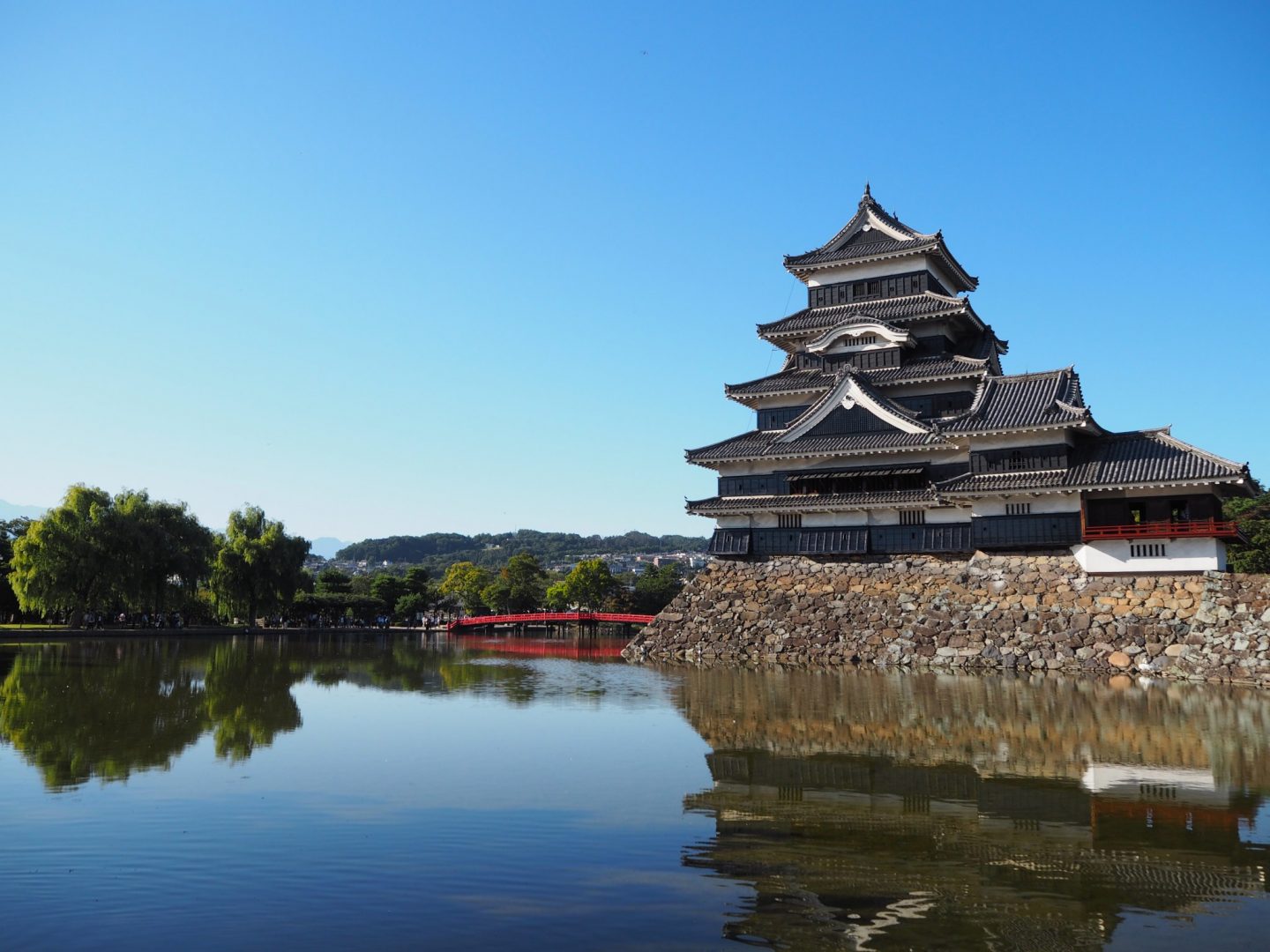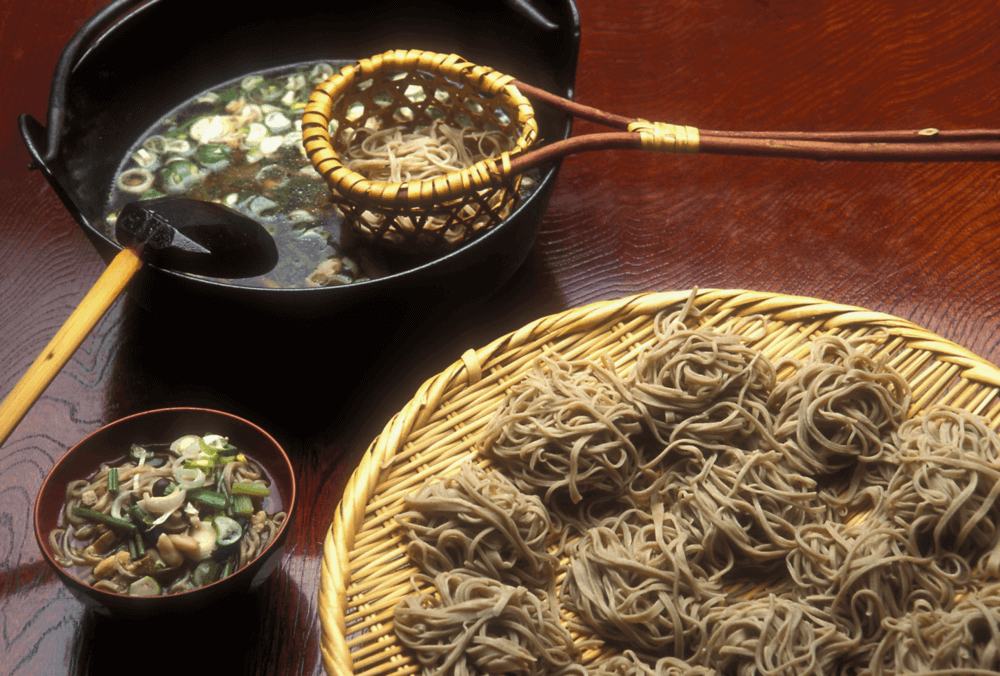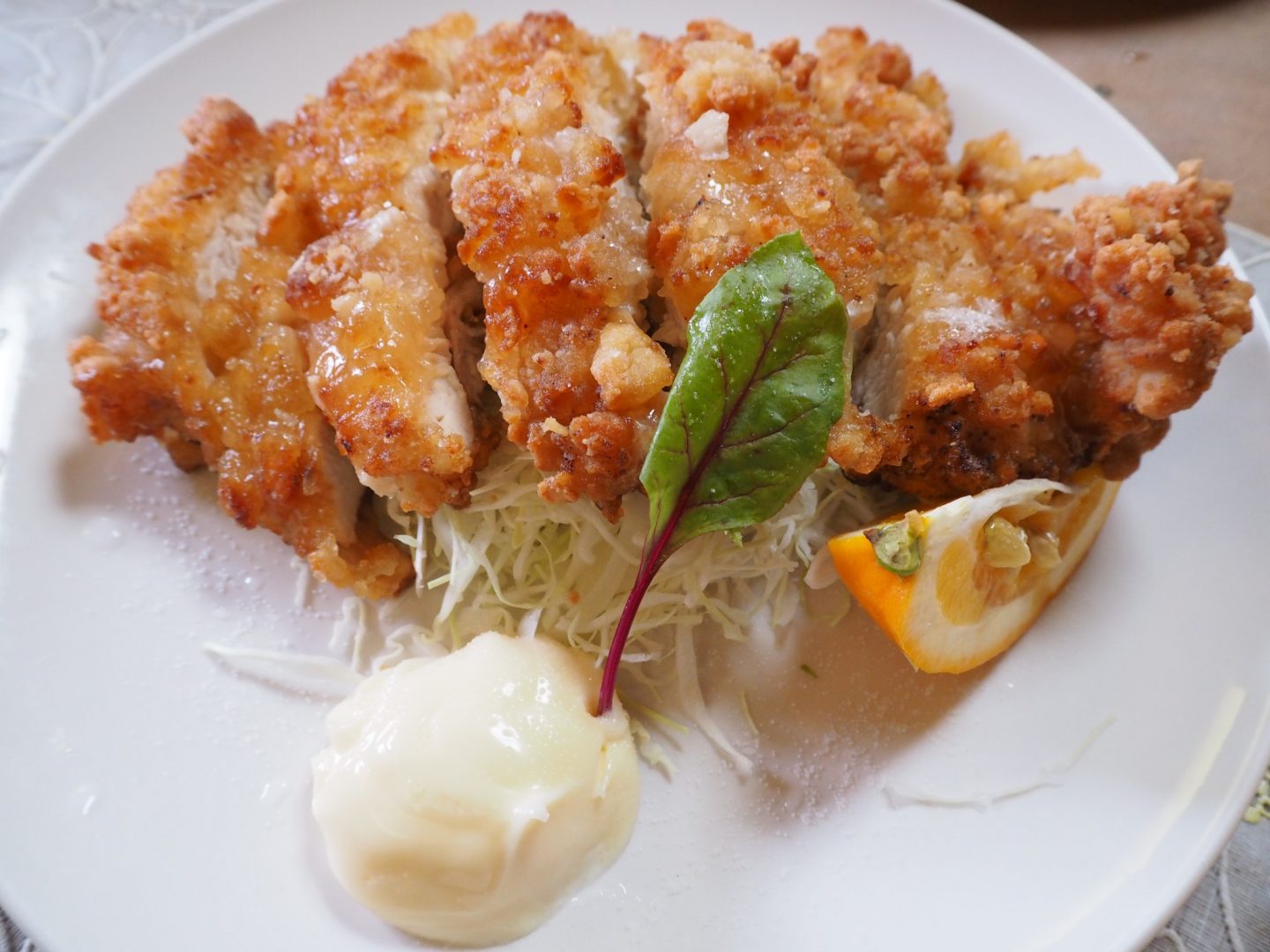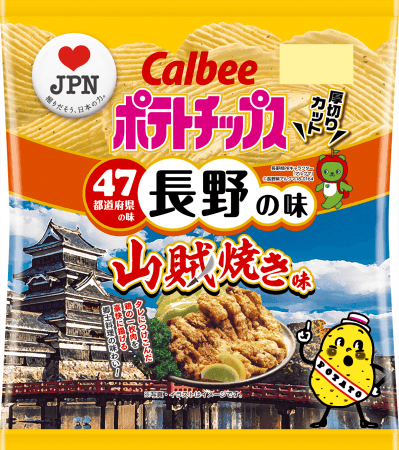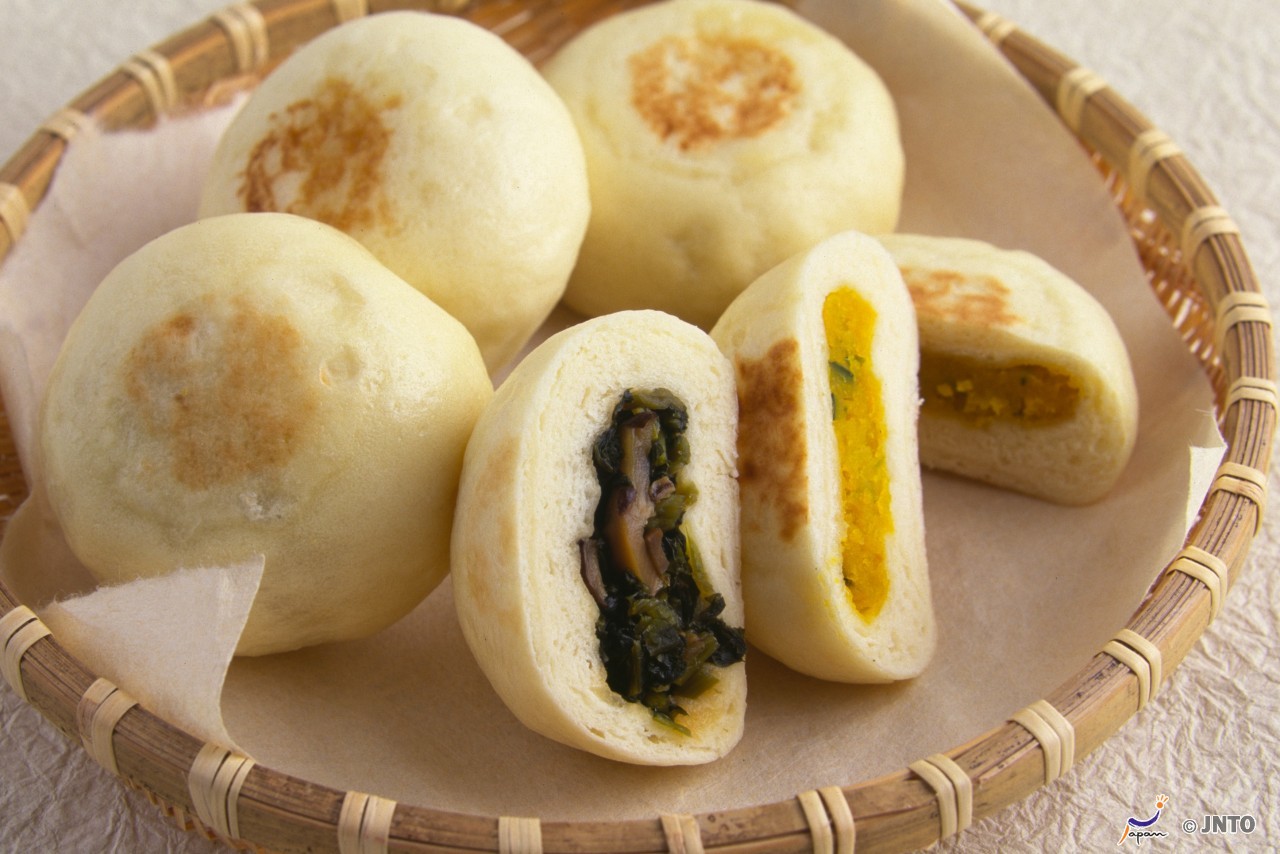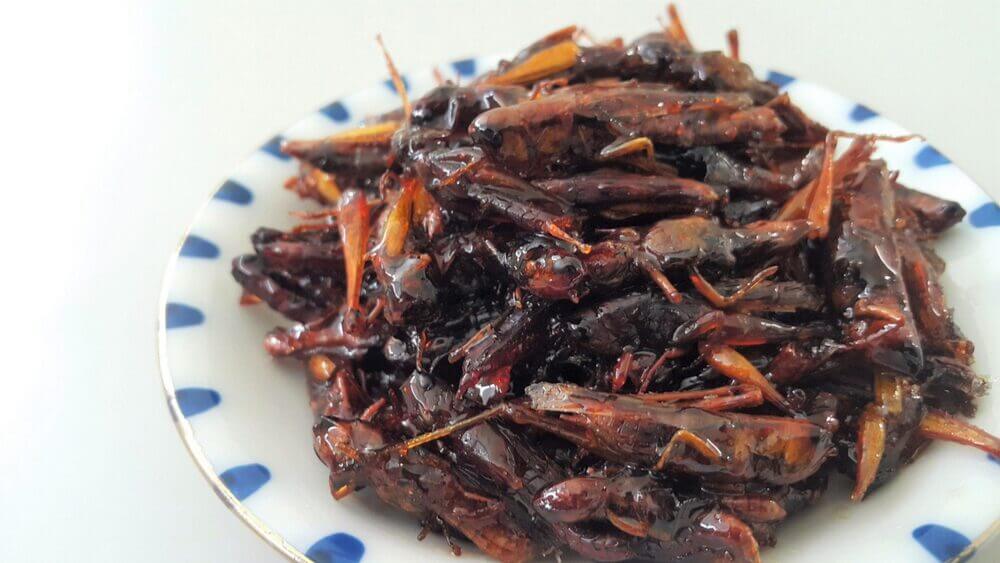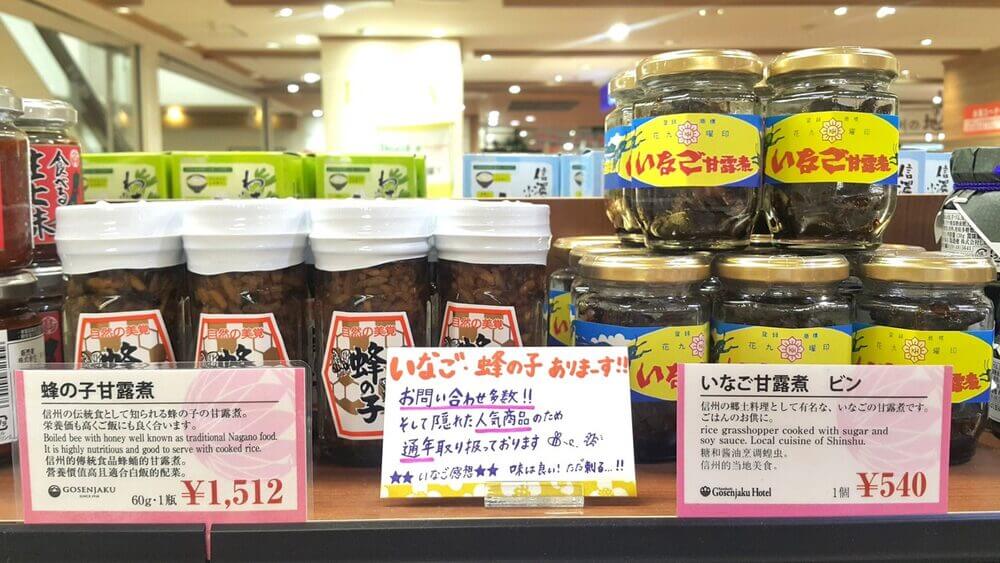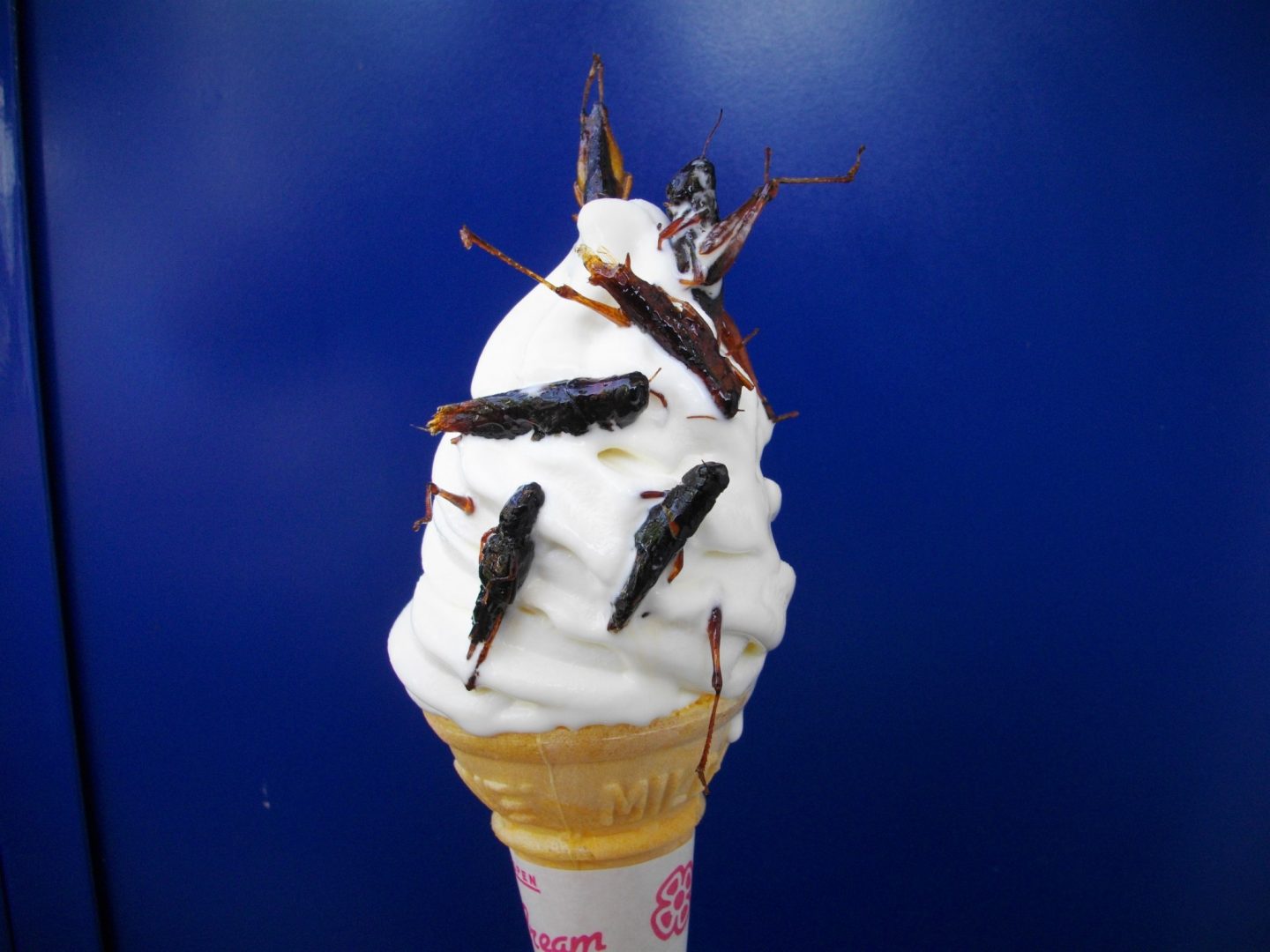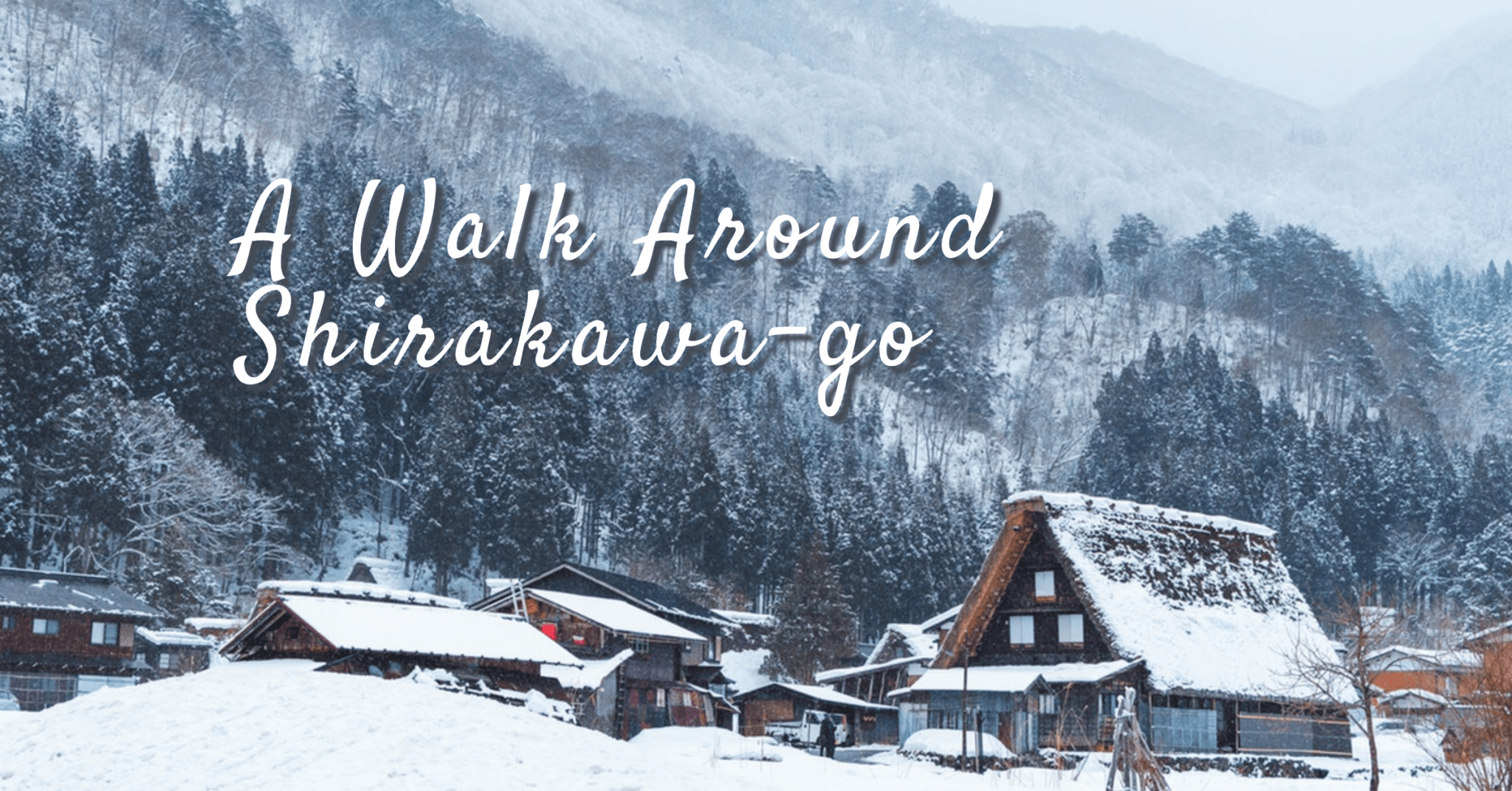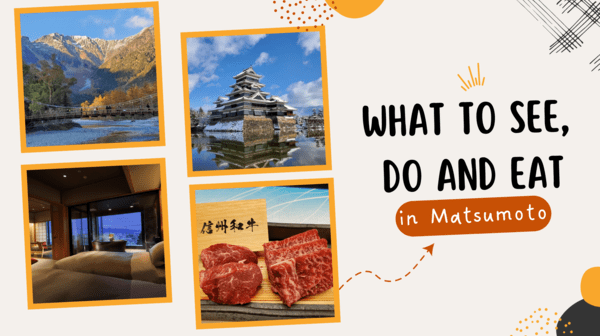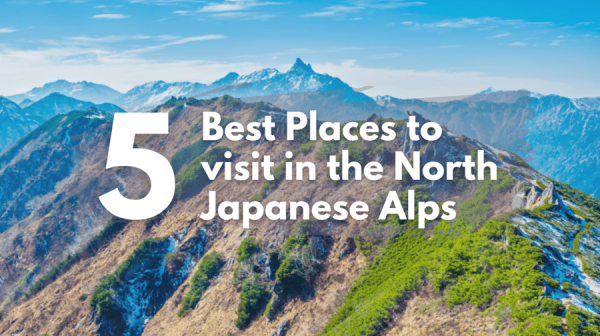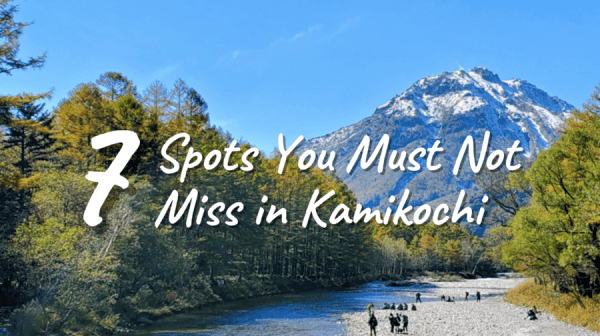Summary
If there’s one thing we love doing when visiting a new place, it’s trying out the local food. It’s often said that the best way to experience a culture is through its food and we wholeheartedly agree. By seeing what the locals are eating and trying it for yourself, you can get a sense of how the history and location of a place has influenced these eating habits and dishes.
Located in the landlocked Nagano Prefecture and surrounded by mountains, the people of Matsumoto used whatever they could find to make into tasty dishes, ranging from the famous soba noodles to a little more challenging foods such as insects cooked in soy sauce.
In this blog, we’ve summed up 5 local foods of the Matsumoto area that you must try while you’re here. Some might be considered more of acquired taste, but we highly recommend you challenge yourself by eating those as well!
Toji Soba
For anyone who has visited Japan before, you might already be familiar with Nagano Prefecture’s most famous local food: soba. Soba are noodles made from buckwheat that are generally eaten cold and served with a soy sauce-based dipping sauce as well as some wasabi, green onion and grated daikon. However, in the Matsumoto region they have a unique way of eating soba.
The local people wanted to enjoy soba not only during the warmer months, but also during the cold wintertime. So instead of just eating the noodles cold, they served a big pot of broth alongside the soba that’s filled with local vegetables such as fresh edible plants and mushrooms and maybe some chicken.
You put the soba in a small bamboo basket which you then dip into the hotpot to heat them up. Once that’s done, you transfer the soba along with some vegetables and broth to a bowl and you can start digging in. The warm soba with the broth gives off a nice aroma and really warms up your body.
As the largest city in Nagano Prefecture, you will find many soba restaurants in Matsumoto, so be sure to try some authentic Toji soba here. For those who want to learn more about soba and how it’s made, there are also several places where they offer soba making workshops.
Sanzoku-yaki
Sanzoku-yaki is a special type of fried chicken that’s become known as Matsumoto’s soul food. Made with chicken thighs or breasts, it is different from Japan’s other famous fried chicken karaage in that it is marinated in a garlic and soy sauce mixture before being coated generously in potato starch and then fried.
Its name literally translates to “mountain bandit bake” (although it’s not baked but fried) and the reason why is not entirely clear. Some say that the name’s origin comes from the fact that bandits steal things, or in other words, take things away (toriageru), which in Japanese sounds the same as frying chicken (tori ageru).
Sanzoku-yaki has become such a popular food that it has gotten its own potato chip flavor, its own mascot (Sanzokun), and even its own day (March 9)! Because a piece of fried chicken goes really well with a cold glass of beer, you will find sanzoku-yaki on the menu of most izakaya bars in Matsumoto.
Oyaki
These fist-sized Japanese dumplings are another locally loved food that’s made with buckwheat (soba). The soba dough is wrapped around a stuffing which can be almost anything, from Japanese vegetables to sweet red bean paste. They are then roasted in an iron pan giving the oyaki its two distinct baked surfaces before being either steamed or broiled.
In the olden days, people tended to roast them over coals at a hearth instead of steaming and you can still see this technique being used at a few places. There’s even a special so-called Oyaki Village in Nagano Prefecture where they use this older technique, and if you want you can try your hand at making oyaki there.
Basashi
Basashi refers to raw horse meat and is sometimes also called sakuraniku or cherry blossom meat due to its pinkish color. It is a popular local specialty of Matsumoto and considered a delicacy. There are several restaurants specialized in basashi, but you can also find it in regular izakaya bars here.
Depending on which part of the horse the meat is from, it can be tender and soft or slightly chewy, and generally has a mild, slightly sweeter flavor. It’s usually served as sashimi and comes with a small plate of soy sauce and condiments such as wasabi, grated ginger and sliced green onion. While it might not be something non-Japanese people typically eat, it’s certainly worth a try if you’re looking to expand your culinary horizon.
Insects (Hachi no Ko and Inago)
For the daring adventurers out there, we challenge you to try the last local food entry on our list: insects. In particular, bee/wasp larvae (hachi no ko) and grasshoppers (inago). Due to its location, there is a smaller supply of fish in the Nagano area, and with livestock also being limited, people would eat insects to get the protein and vitamins necessary to sustain themselves.
While they may not look extremely appealing, the taste of these dishes may surprise you in a good way. They have a slightly crisp texture and are relatively sweet as hachi no ko is often made with sugar or honey and inago are cooked in a mixture of soy sauce and sugar. And it’s not only restaurants that serve them, you can even buy them in the supermarket!
The Alpico Plaza building across from Matsumoto Station has a supermarket and a souvenir shop on the lower ground floor that offer these local specialties, so if you’re looking for a unique souvenir to take home or you just want to try it without going to a restaurant, this is the place to get them.
Or what about a nice vanilla ice cream with some inago as topping? You can get that at the sightseeing boat shop in Suwa we mentioned in our previous blog!
There are many different foods that the Matsumoto area has to offer, so if you want to experience the local culture, we highly recommend you take some time to try the items on our list.
Getting to Matsumoto
Now that you know what food to try, you need to know how to get here. Traveling to Matsumoto is very easy, with buses and trains leaving regularly from major cities such as Tokyo and Osaka.
- Bus timetable from Shinjuku to Matsumoto >
- Bus timetable from Osaka/Kyoto to Matsumoto >
- Bus timetable from Nagoya to Matsumoto >
- Bus timetable from Takayama to Matsumoto >
If you’re thinking of staying in Matsumoto a little longer and spending the night, please check out our recommended accommodations.

